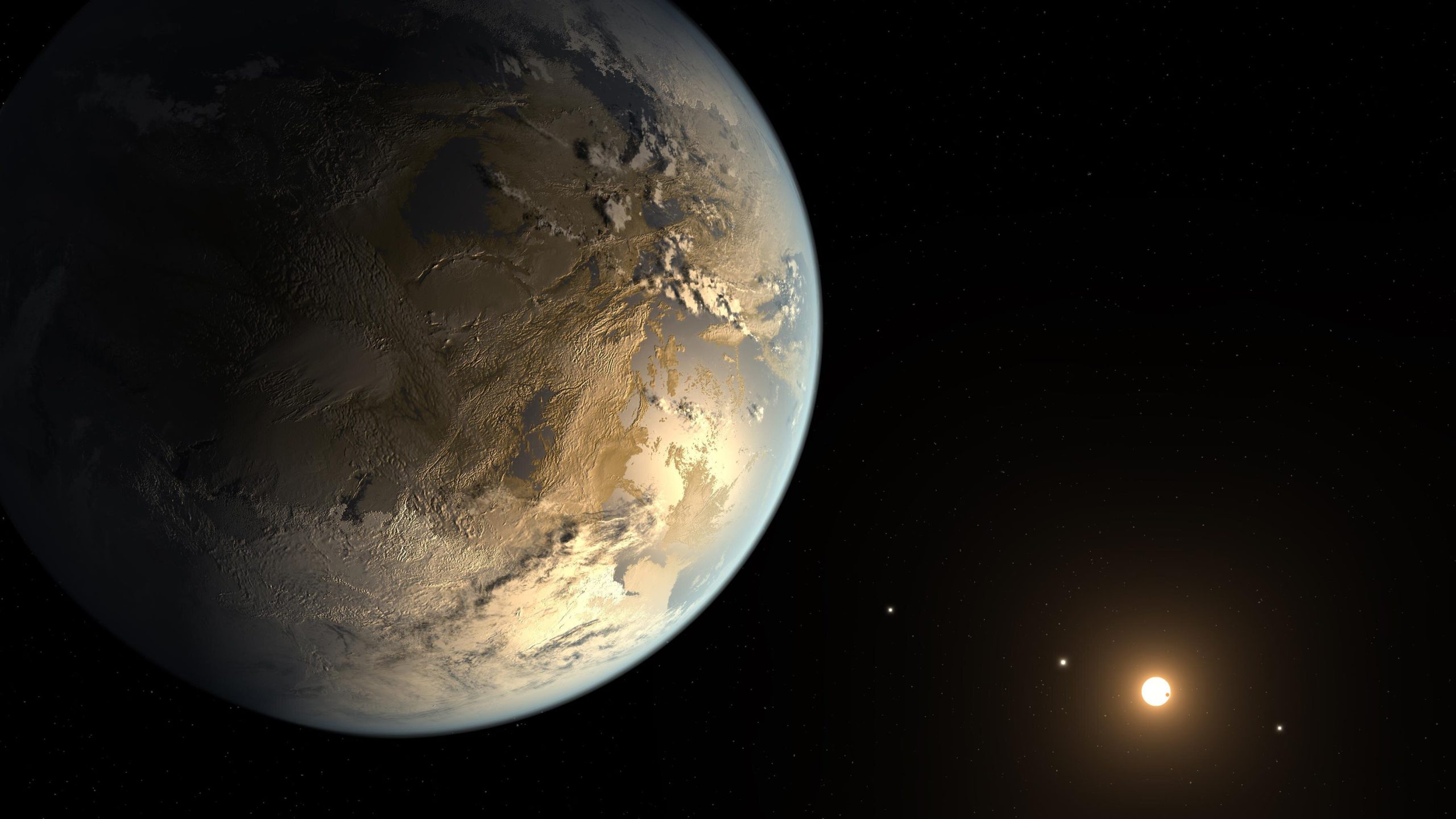
2ES Science
Spectrograph
The Second Earth Initiative Spectrograph (2ES) is a next-generation extreme-precision radial velocity spectrograph that will be installed at the MPG/ESO 2.2m Telescope on La Silla, Chile (Southern Hemisphere). 2ES will be dedicated to a > 5-year observing program with access to the majority (2/3) of the telescope time with the goal of discovering temperate terrestrial Earth-mass planets in the habitable zone around the brightest solar-type stars in the sky.
Motivation
Recent progress in the radial velocity (RV) field has revealed that the most important requirements for detecting extremely challenging RV signals from small terrestrial planets is simultaneously achieving: 1) a high observing cadence and a uniform distribution of observations (Rajpaul et al. 2017) over a long baseline (e.g., observations every night over a 5-year period) coupled with 2) extreme RV stability (the semi-amplitude of Earth-analogs is ~10 cm s-1), 3) high spectral resolution, and 4) high signal-to-noise ratio spectra.
A high-cadence uniform sampling observing strategy is highly superior to a more traditional observing strategy consisting of observing blocks separated in time by weeks (Hall et al. 2018). Stellar activity will inevitably affect RV measurements at the centimeter per second precision, and only large and uniformly sampled datasets will allow the discovery of habitable zone Earth-like planets orbiting solar-type stars. Such rich high-cadence high-fidelity datasets will help the field develop techniques and models to disentangle stellar activity signals at the extreme levels needed to detect the tiny signals of Earth-sized planets orbiting solar-type stars.
Program
The 5-year program of the 2ES spectrograph consists of observing ~30 bright, quiet solar-type stars every night possible to detect the signal of Earth-analogs in the habitable zone with a maximum of 30 minutes of integration time. Occurrence rate studies suggest that such planets are common around solar-type stars – if we can achieve extreme instrumental precision and overcome the stellar activity of the host stars – would enable the detection of Earth-analogs orbiting the brightest and nearest solar-type stars in the Southern Hemisphere. The discovery of such planets would leave a lasting legacy because they will be the targets that next-generation flagship telescopes, like the Habitable Worlds Observatory, will observe in perpetuity, since planets around the closest, and thus brightest, stars will always be the most favorable targets for atmospheric characterization and eventually biosignature searches.